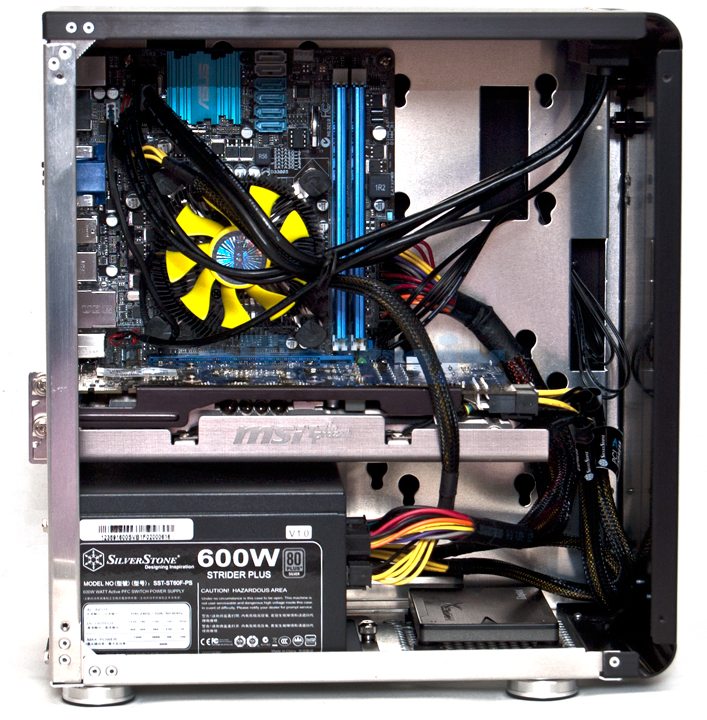Reply 20 of 39, by Kreshna Aryaguna Nurzaman
- Rank
- l33t
wrote:Celeron D would be more than sufficient for those games. Modern CPUs will be overkill many times over. Multi-core also presents […]
wrote:Hmmm.... I'm still not sure about processor though. On my B460 laptop (Core i5), Crimson Skies runs too fast where there aren't many textures on the scene (example: night scenario, or foggy sky), so apparently the bottleneck is the GeForce 310M GPU, while the CPU itself is probably too fast for certain old games.
Is modern day Celerons sufficient for old Windows XP games like Crimson Skies and Neverwinter Nights? How about i3?
Celeron D would be more than sufficient for those games. Modern CPUs will be overkill many times over. Multi-core also presents issues, and may be the cause of some of the "too fast" issues - it's a timing issue that Microsoft has identified in some older games. AMD released a patch to address it for Athlon64 X2, but I'm not aware of any other patches for other CPUs (like Core 2 Duo or what-have-you).
To help frame this discussion a little: Neverwinter Nights' base system requirements are a 450MHz Pentium II, 128MB of RAM, and a 16MB "TNT-class" graphics card. The suggested requirements bump up to an 800MHz Pentium III, 256MB of RAM, and a GeForce 2 (see here: http://gamesystemrequirements.com/games.php?id=21).
GeForce GTX 285 has enough RAM onboard to carry the entire game, and almost enough to INSTALL the entire game. 🤣 You don't need a Core i5 or Core i7 to run these titles. Pentium 4, Celeron D, Athlon 64, etc will already be overkill. Crimson Skies has even lower system requirements than NWN, just for reference (http://www.allgame.com/game.php?id=20936&tab=sysreqs).
Thanks. By the way, the 'slowest" CPU supported by the Intel 77 mobo is Celeron. Maybe I better off with AMD? What AMD motherboard would be best for the purpose?
Anyway, believe it or not, I'm going to use 16 GB of RAM with this system. Yes, I knew XP can only use 3GB of RAM, but there is a program that enables you to use the remaining unused memory as RAM drive. There goes the Windows page file, the Adobe scratch disk, the Firefox cache, and such.
Well I guess the Cooler Master 120 is too wide for me (I try to save as much as desktop real estate as possible), but someone at TechReport mentioned about Cubitek Mini Cube.
According to its specs, the Cubitek Mini Cube could accept 280 mm-long video card, which should be sufficient for the GTX 285 (which is 267 mm-long). Also, it accepts 150 mm-high PSU. The TechReport guy uses Nexus NX-5000 PSU, which is only 125 mm-high and yields 550 watts in power.
If I was going to use bigger power supply, let say, Antek Signature 650 W, the PSU is 150 mm-high, which still fits into the Mini Cube.
The picture below shows it (his, not mine). Note that he uses water cooler[/url], with big ass fan on the right of the PSU. I'm not going to use water cooler, so I guess I'm going to have more empty space than he does.
It seems I cannot use 3.5" hard drive if I were using big PSU, but it's fine, since I can live with 2.5" drive. It seems I can even use two 2.5" hard drives - one is SSD for the O/S, another is a mechanical hard drive for everything else.

So whaddya' think?
PS: bookmarks about using RAM disk software on Windows XP:
Interesting way to cheat the4GB barrier(again)....
Good way to use >4GB RAM with 32-bit OS
Making Use Of Non-Addressable Wasted RAM On 32 Bit Systems
How to Solve the 32-Bit Problem: Using Hidden RAM for Speed
Put the Pagefile in a RAMdisk? (XP 32-bit)
ClearPagefileAtShutdown
Never thought this thread would be that long, but now, for something different.....
Kreshna Aryaguna Nurzaman.

